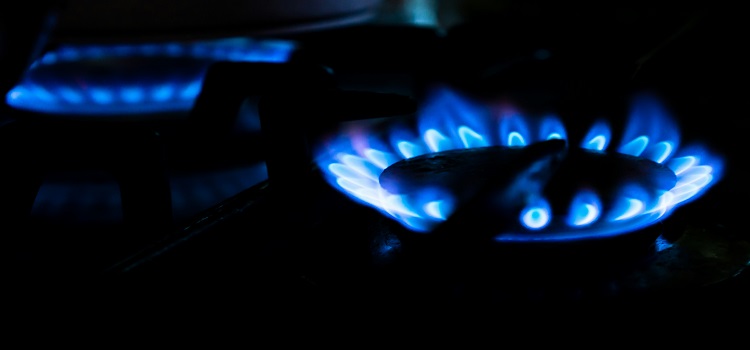As an Amazon Associate I earn from qualifying purchases.
Gas vs. Wood Stove: Choosing the Right Option for Your Home
Introduction: The choice between a gas and wood stove can significantly impact your home’s heating efficiency, ambiance, and even environmental footprint. Both options offer unique advantages and considerations, making it essential to understand the differences before making a decision. In this comprehensive guide, we’ll explore the uses, benefits, installation processes, and address common questions to help you determine which type of stove is best suited to your needs.

Uses of Gas Stoves: Gas stoves provide convenient and efficient heating solutions for modern homes. With the flick of a switch or push of a button, you can enjoy instant warmth and ambiance without the hassle of chopping wood or cleaning up ash. Gas stoves are ideal for homeowners seeking a low-maintenance heating option that offers consistent heat output and precise temperature control.
Uses of Wood Stoves: Wood stoves have been a time-tested heating solution for centuries, offering cozy warmth and rustic charm to homes worldwide. Burning wood not only provides heat but also creates a captivating atmosphere with the crackling sound and mesmerizing flames. Wood stoves are perfect for homeowners who value sustainability, enjoy the ritual of fire-building, and appreciate the natural warmth and aroma of burning wood.
Benefits of Gas Stoves:
- Convenience: Gas stoves offer instant heat at the push of a button, eliminating the need to haul and store firewood.
- Cleanliness: Gas stoves produce minimal ash and soot, reducing the need for regular cleaning and maintenance.
- Control: Gas stoves provide precise temperature control, allowing you to adjust the flame intensity to suit your heating preferences.
- Versatility: Gas stoves can operate on natural gas or propane, providing flexibility for homeowners without access to natural gas lines.
Benefits of Wood Stoves:
- Ambiance: Wood stoves create a cozy and inviting atmosphere, perfect for relaxing evenings by the fire.
- Energy Independence: Wood stoves offer a renewable heating source, reducing reliance on fossil fuels and electricity.
- Cost Savings: Wood is often more affordable than natural gas or electricity, resulting in potential savings on heating bills.
- Backup Heating: Wood stoves can provide heat during power outages, ensuring your home stays warm even when the grid is down.
How to Choose and Install:
- Assess Your Needs: Consider factors such as heating requirements, available space, and local regulations to determine whether a gas or wood stove is the best option for your home.
- Evaluate Costs: Compare the upfront costs, ongoing fuel expenses, and potential maintenance requirements of gas and wood stoves to make an informed financial decision.
- Consult Professionals: Seek guidance from experienced fireplace installers or heating contractors who can assess your home’s suitability for either type of stove and provide expert installation services.
- Safety Considerations: Ensure proper ventilation, clearances, and fire safety measures are in place before installing a gas or wood stove to minimize the risk of accidents or hazards.
FAQs (Frequently Asked Questions):
- Which is cheaper to operate, a gas or wood stove?
- The operating costs depend on factors such as fuel prices, efficiency ratings, and heating habits, so it’s essential to evaluate your specific circumstances.
- Are wood stoves environmentally friendly?
- Wood stoves can be environmentally friendly when used responsibly, with efficient combustion and sustainably sourced firewood.
- Do gas stoves require venting?
- Yes, gas stoves typically require venting to safely remove combustion byproducts and prevent indoor air pollution.
- Can I convert a wood stove to a gas stove?
- In some cases, wood stoves can be retrofitted with gas inserts or conversion kits, but it’s essential to consult with a professional to ensure compatibility and safety.
- Are wood stoves more efficient than gas stoves?
- Wood stoves can achieve high levels of efficiency with proper installation and operation, but gas stoves often offer more consistent and controllable heat output.
Conclusion: Choosing between a gas and wood stove ultimately comes down to your heating preferences, lifestyle, and home setup. Both options offer distinct advantages and considerations, from convenience and cleanliness to ambiance and sustainability. By weighing the factors outlined in this guide and addressing any lingering questions through our FAQ section, you can confidently select the perfect stove to enhance your home’s comfort and warmth for years to come.
As an Amazon Associate I earn from qualifying purchases.
Leave a Reply